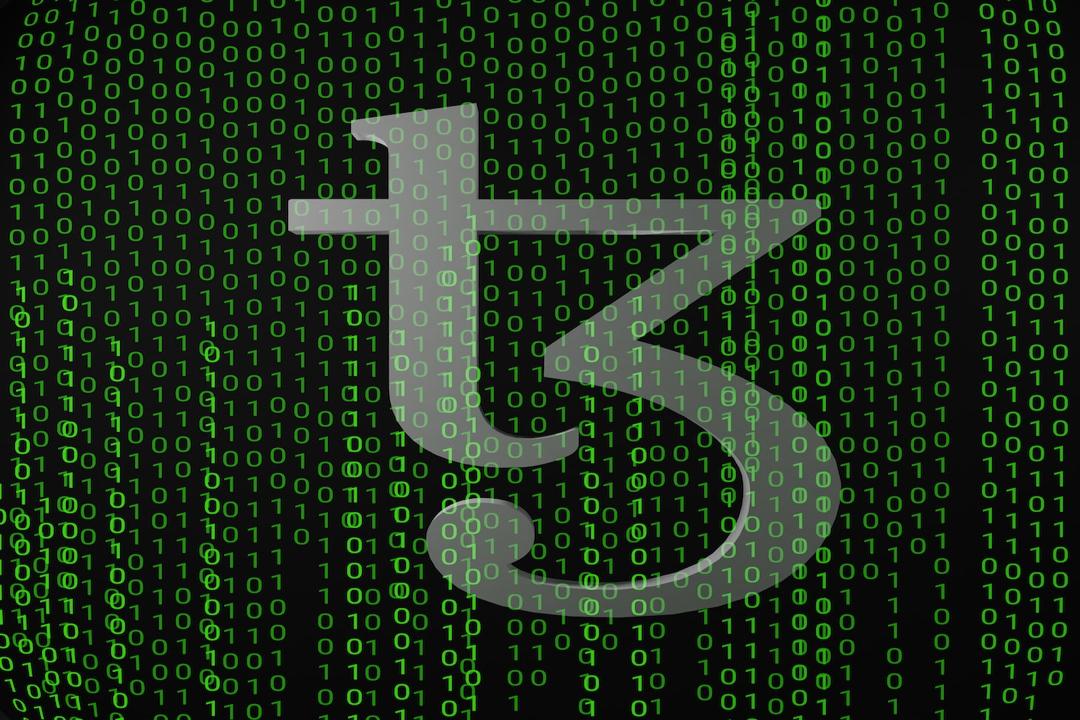Ether (ETH) saw a significant increase in price from March 3 to March 13, rising by 20% and reaching a double top formation near $4,100. However, the rally was short-lived as ETH experienced a 20% correction and tested the $3,200 support on March 19. Analysts believe that the initial surge was driven by overleveraged long positions.
The bullish momentum of Ether faded after $375 million worth of ETH futures were liquidated in the past week. Now, the question arises whether this correction is enough to halt the decline and potentially trigger another bull run.
Interestingly, Ether’s downturn was more pronounced compared to the broader cryptocurrency market. While the market capitalization of cryptocurrencies peaked at $2.77 trillion on March 14 and then stabilized around $2.35 trillion with a 15.5% drop over five days, Ether’s performance suffered due to a 12% weekly drop in Bitcoin (BTC), a 21% increase in Solana (SOL), and a slight 2% decrease in Binance Coin (BNB) during the same period.
Solana, in particular, faced challenges with increased fees and failed transactions as the network struggled to handle the surge in activity, driven by the interest in new memecoins. Traders injected approximately $100 million into new Solana memecoins within just three days.
On March 13, the Ethereum network underwent its most significant upgrade in over a year, coinciding with Ether’s price peak for the cycle in 2024. This upgrade resulted in reduced transaction fees for layer-2 networks like Arbitrum, Optimism, and Base, thus improving Ethereum’s scalability. The introduction of data blobs also enhanced the network’s data-handling capabilities.
This upgrade has been successful, as evidenced by the surge in activity on layer-2 solutions, reaching an all-time high with an average of 122 transactions per second (TPS) over the last two days, according to L2beat. This represents a 31% increase from the previous week and is more than eight times the base layer capacity of Ethereum at 15 TPS.
Despite the network upgrades, high gas fees on the base layer of Ethereum remain a significant issue, with an average cost of around $12 on March 18, according to BitInfoCharts. This situation highlights the attractiveness of alternative platforms like Solana and Avalanche (AVAX), which were among the few cryptocurrencies in the top 20 to see gains over the past week.
Despite the price crash, Ether futures indicate moderate bullishness. The 20% correction in Ether since March 13 has led to a nearly zero funding rate for ETH perpetual contracts. This suggests a balance in demand between long positions and short positions, indicating a market equilibrium.
To gauge whether professional traders have also adopted a neutral stance, it is important to analyze the monthly futures. Typically, futures trade at a premium of 5% to 10% over spot exchanges to account for the cost of carrying the investment until settlement.
Currently, Ether’s futures are trading at a 22% premium, an unusually high level that suggests excessive demand for long positions, possibly driven by optimism surrounding the upcoming decisions on Ethereum’s spot exchange-traded funds (ETFs). Remarkably, this optimism remains strong even after Ether’s price correction to $3,200 on March 19, which could be interpreted as a bullish signal amid the market recalibration.
It is important to note that this article does not provide investment advice or recommendations. All investment and trading decisions involve risk, and readers should conduct their own research before making any decisions.

